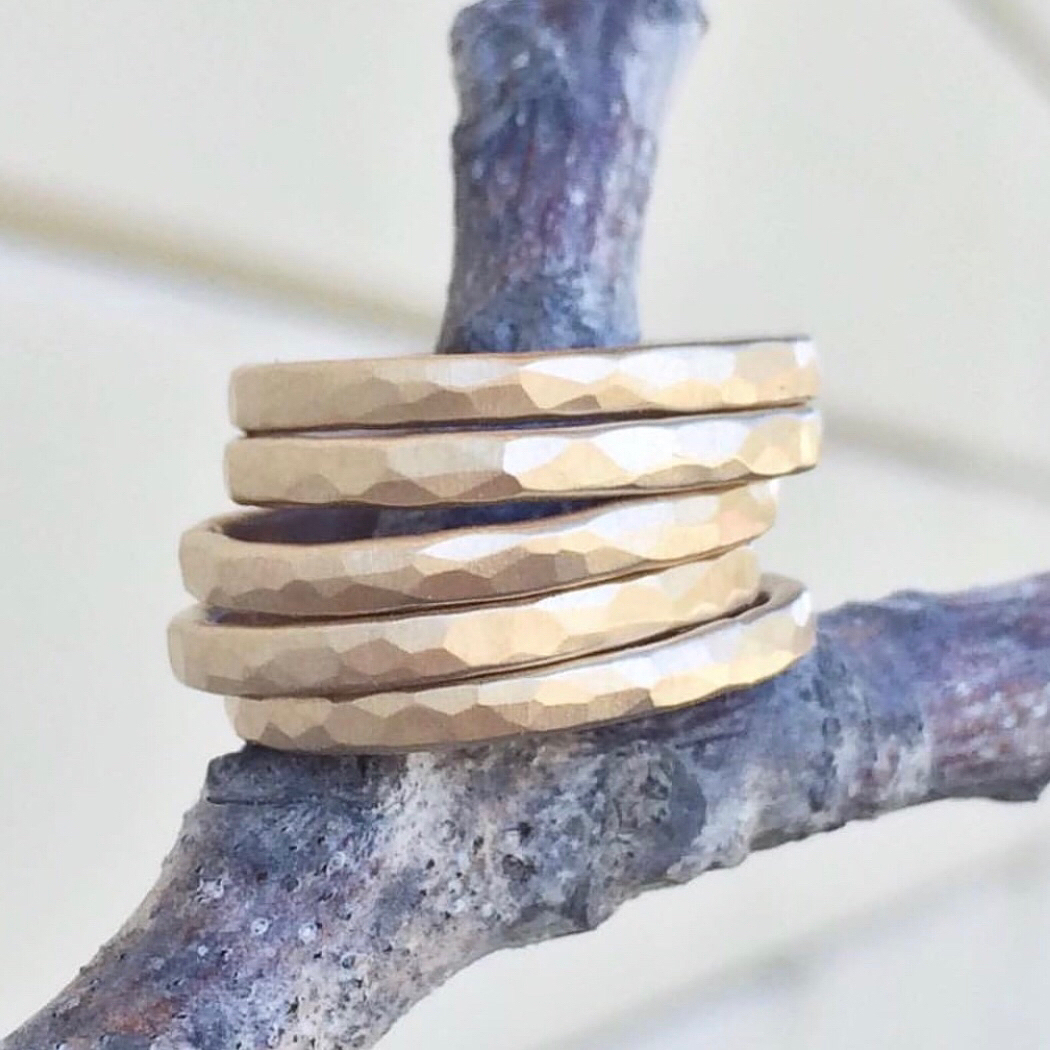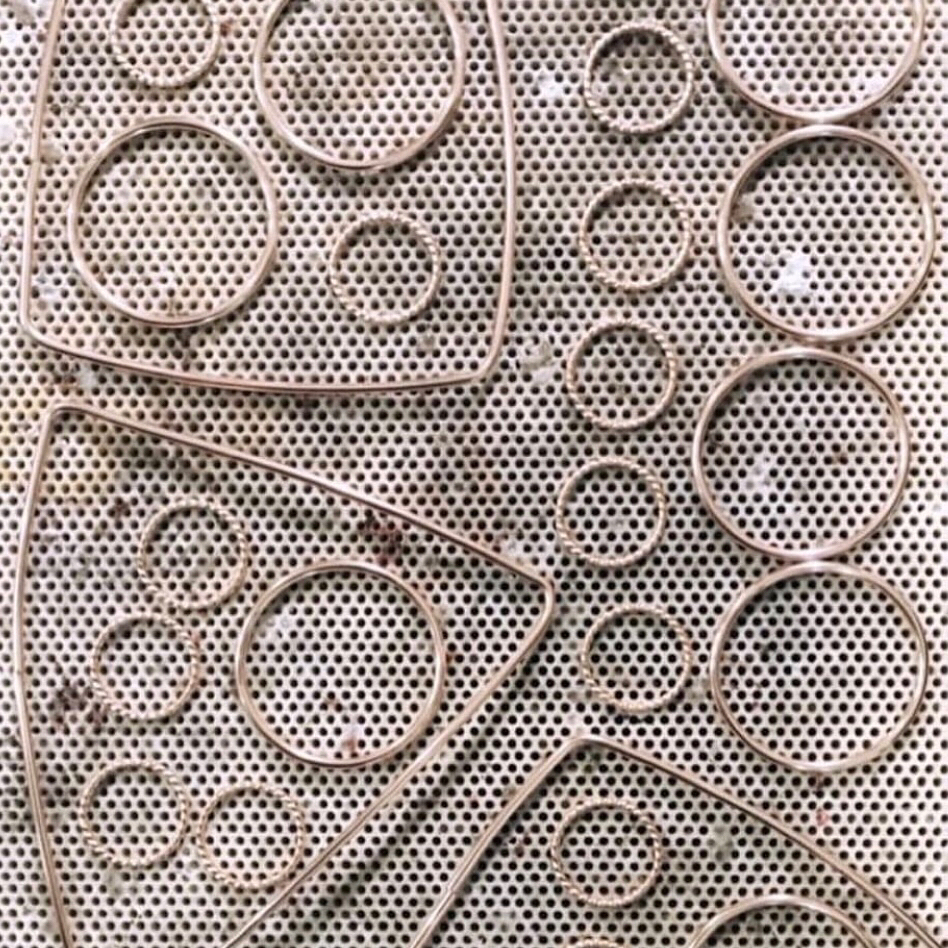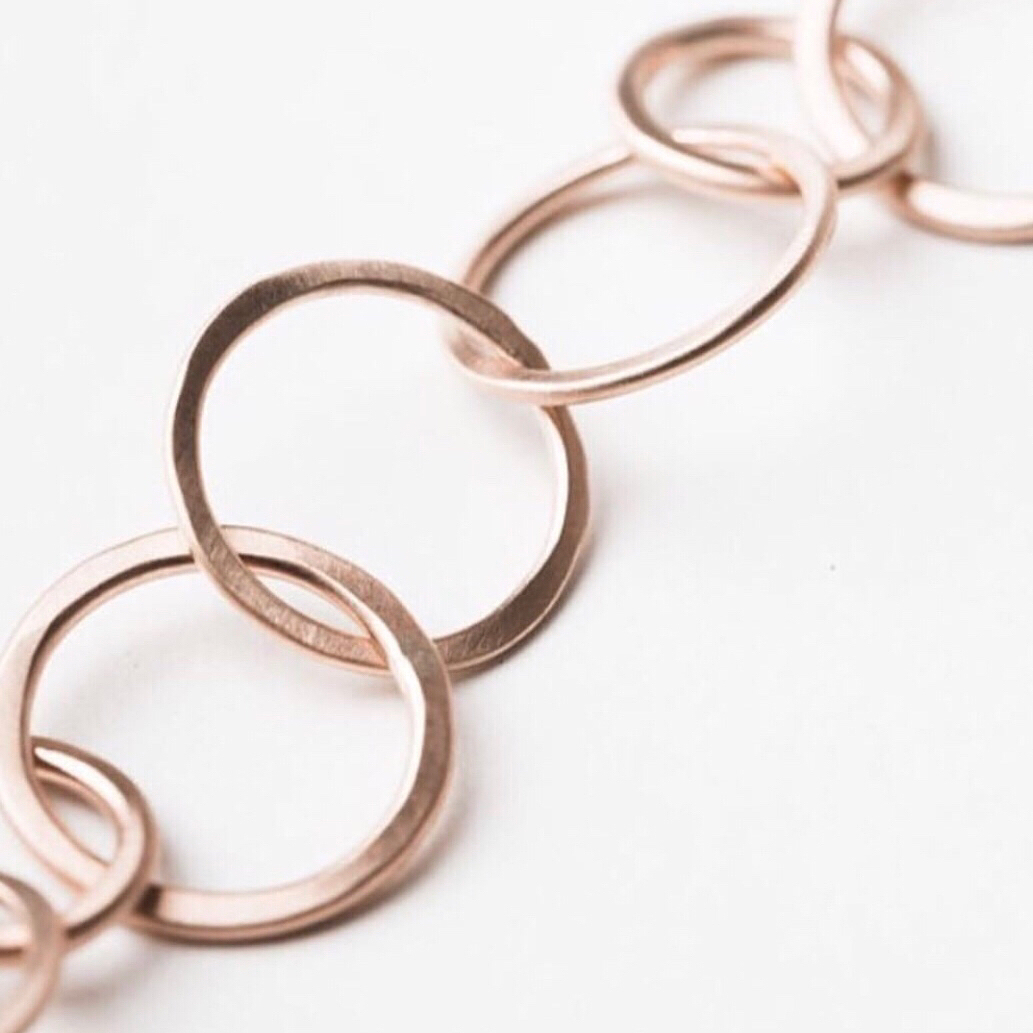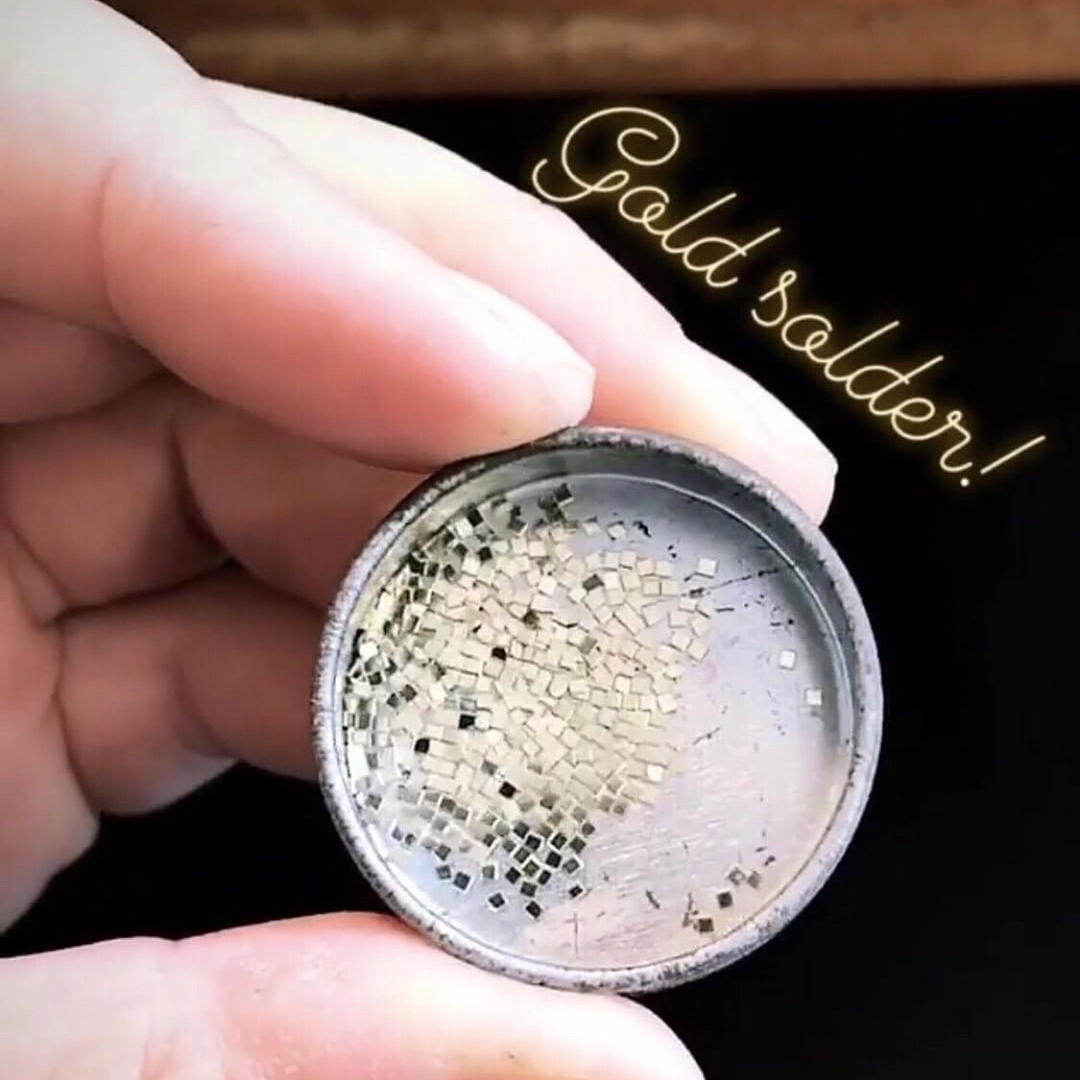



Today is all about GOLD FILL thank you @blueberryjewelry02 for imparting your wisdom of 15+ years working with this materiall! 🙏🏻 -“Gold filled is actually a layer of gold metal. It starts as a tube of gold and it's filled with another metal. Usually brass or copper. But the layer of gold is way thicker than plating. It is an actual layer of solid 14k gold. There are different thickness of layers you can get. 14/20 and 12/20. It is my understanding that 14/20 is a thicker layer. That is what I use. Regarding soldering It's basically the same as working in silver. I use 14k solder because of the color match. I've tried yellow base metal solder but you can see the solder joint. The thing with gold fill is that you've got to be careful about overheating it. Other than that soldering is basically the same. I use boric acid and denatured alcohol as well as a paste flux and chips of solder. Chip solder is beneficial because I feel like it's easier to control the amount of solder you use. If you use too much and flood the solder area then there's too much cleanup which is hard on gold fill. You still have to be careful when finishing it after it's been soldered. Filing, sanding, even bobbing and rouge compound take off small amounts and eventually you will sand or buff through it.” If anyone has any additional questions feel free to comment below! Thanks so much for taking the time to send me this info on gold fill! 🙌🏻🙏🏻😘 #metalsmithsociety #goldfilljewelry #jewelrystudent #jewelryschool #howtoworkwithgoldfill⠀<br>⠀